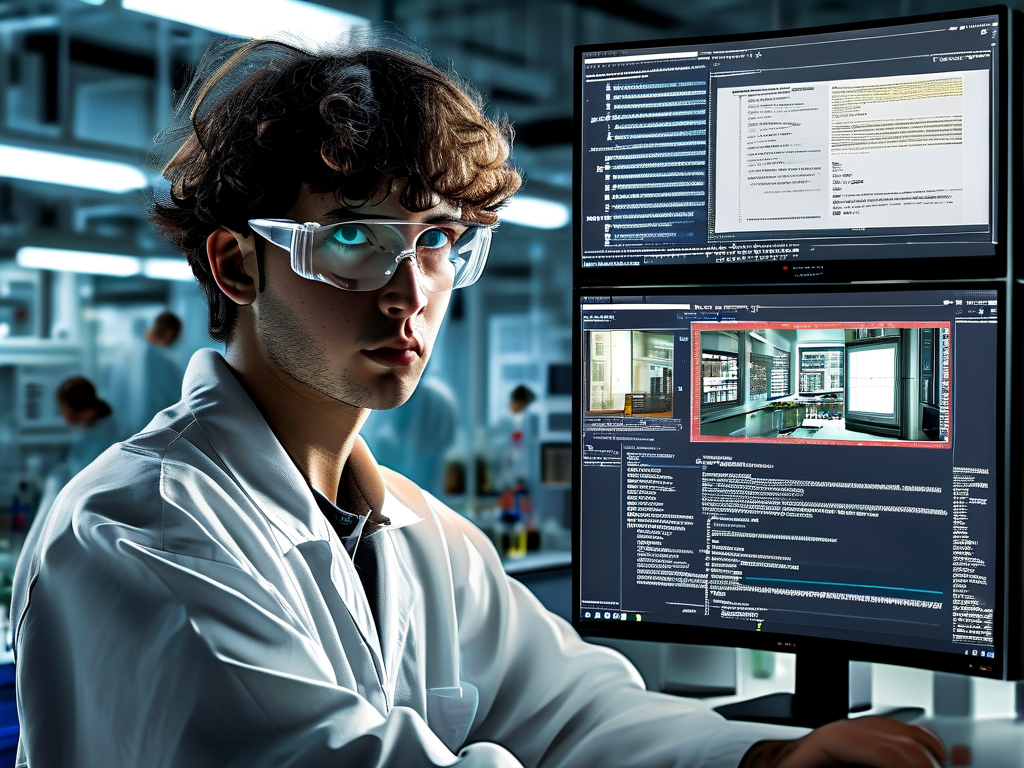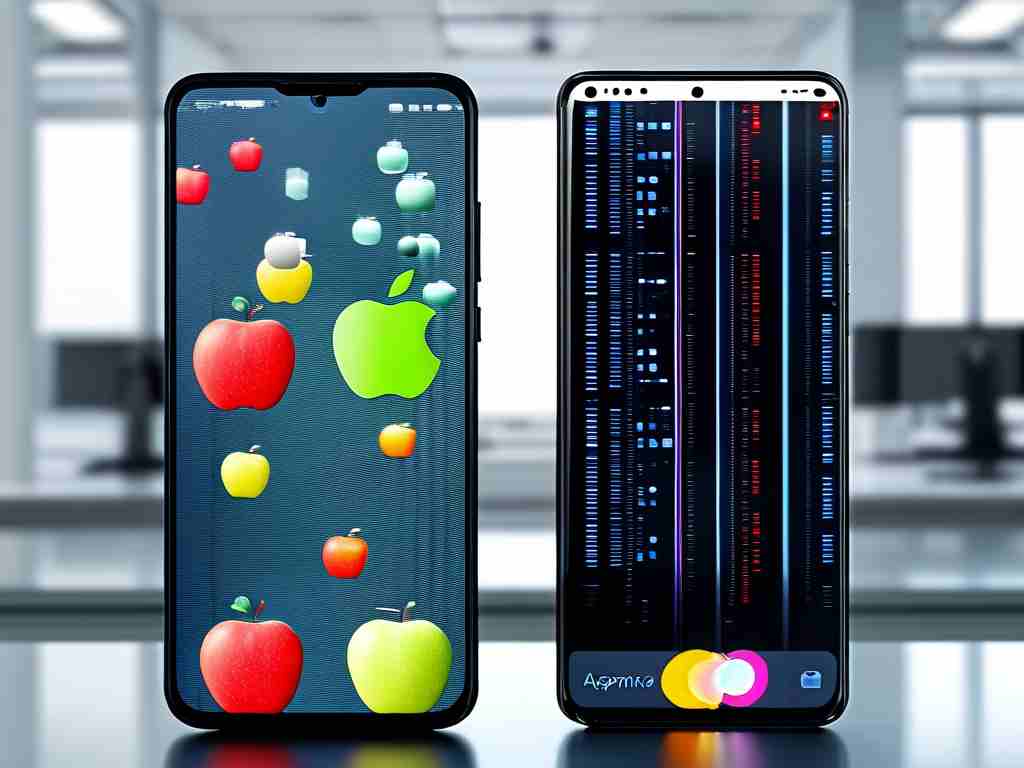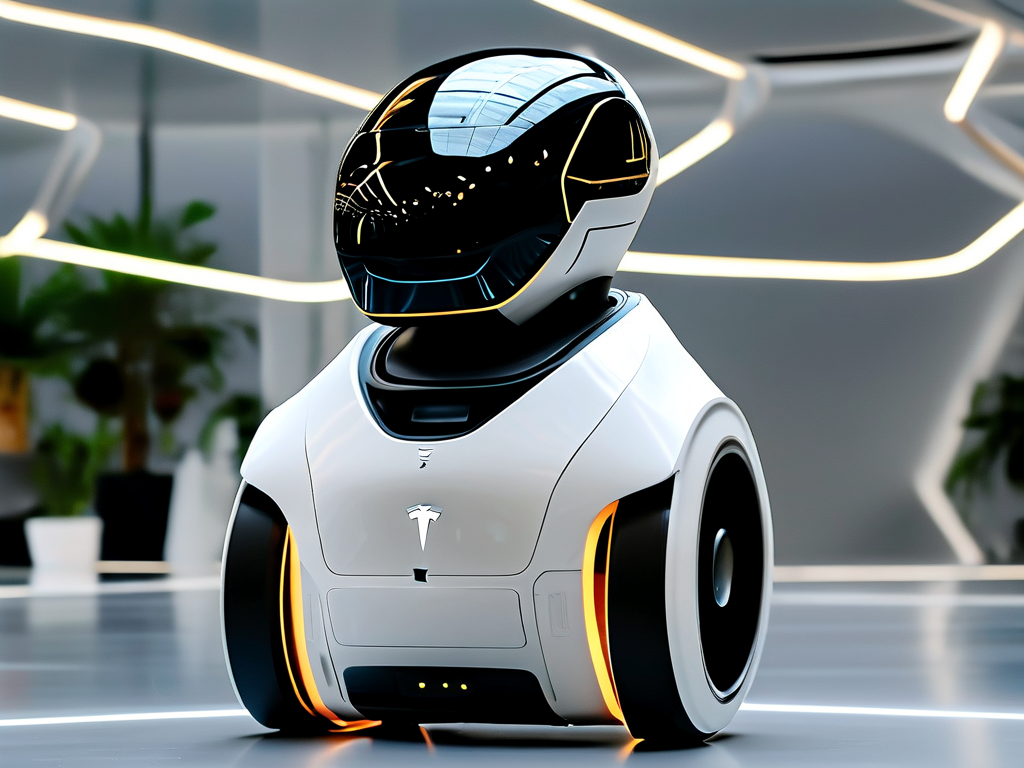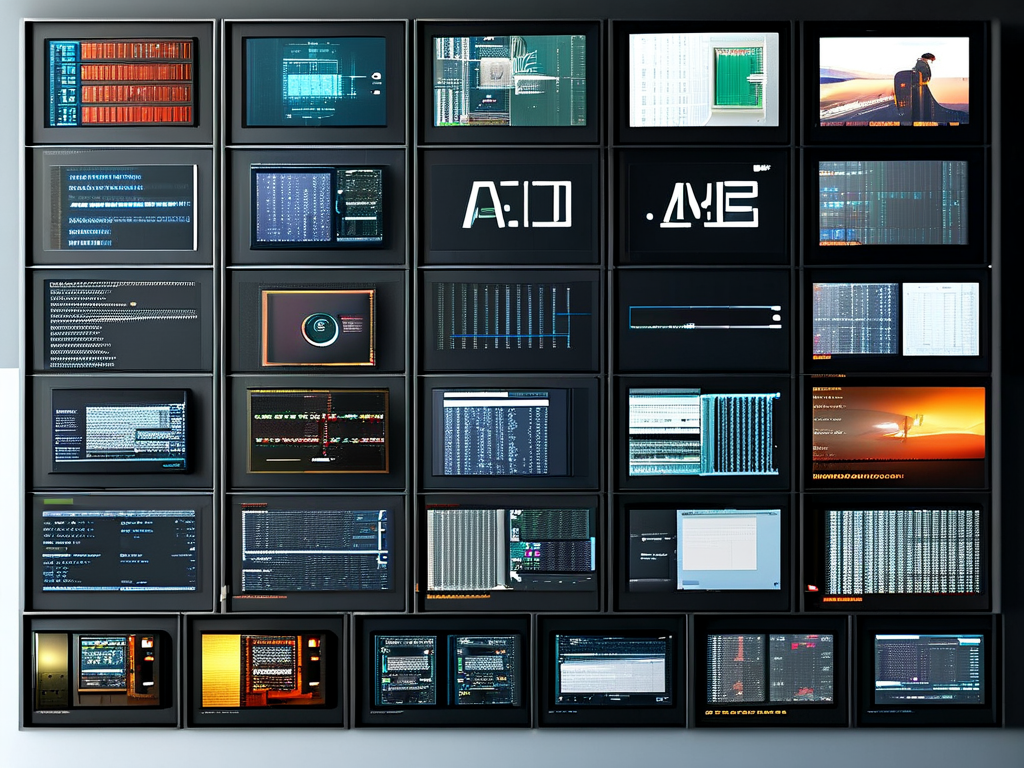In the rapidly evolving tech landscape, professionals often face critical decisions when choosing between specialized fields. The debate between embedded systems engineering and general software development remains particularly relevant, with each domain offering unique challenges and opportunities. This article explores both paths through practical perspectives and industry insights to help aspiring technologists make informed decisions.

At its core, embedded systems development focuses on creating specialized computing systems designed to perform dedicated functions within larger mechanical or electrical frameworks. These systems power everything from medical devices to automotive control units, requiring developers to work closely with hardware components. A typical project might involve programming microcontrollers using C or assembly language while optimizing for constraints like power consumption and real-time responsiveness. For instance, engineers designing a smart thermostat must balance sensor data processing with energy efficiency – challenges seldom encountered in conventional software roles.
Software development, conversely, encompasses a broader spectrum of applications across desktop, web, and mobile platforms. Developers in this field often use high-level languages like Python, Java, or JavaScript to build scalable solutions. Consider a team creating an e-commerce platform: Their work might involve cloud infrastructure management, database optimization, and implementing machine learning recommendations – tasks requiring abstract problem-solving rather than hardware integration.
The skill divergence becomes evident when examining development environments. Embedded programmers frequently use tools like Keil MDK or IAR Embedded Workbench, debugging with oscilloscopes and logic analyzers. They must understand circuit diagrams and memory allocation at the register level. Contrast this with software developers who rely on IDEs like Visual Studio Code or IntelliJ, leveraging frameworks such as React or TensorFlow to accelerate development.
Industry demand patterns reveal nuanced differences. Embedded systems professionals find opportunities in automotive (38% of automotive innovation budgets target embedded tech), aerospace, and IoT sectors. The rise of edge computing and 5G networks has further amplified demand for engineers skilled in real-time operating systems (RTOS) and hardware-software co-design. Software developers enjoy wider applicability across industries – fintech, healthcare IT, and enterprise SaaS platforms all require continuous software iteration.
Compensation data from 2023 surveys shows competitive salaries in both fields but with distinct trajectories. Entry-level embedded engineers earn 5-8% more on average ($85k vs. $79k) due to specialized hardware knowledge requirements. However, senior software architects in cloud computing or AI domains can outpace their embedded counterparts by 15-20% at the peak of their careers.
Project lifecycles present another contrast. Embedded development often follows rigorous validation processes spanning years (e.g., medical device certification), while software teams may deploy updates weekly using CI/CD pipelines. This fundamental difference attracts different personalities: Those who enjoy deep technical refinement may prefer embedded work, while rapid-iteration enthusiasts might lean toward software roles.
Emerging technologies are blurring traditional boundaries. The integration of Python in microcontroller programming (MicroPython) and hardware simulation platforms like QEMU enables software developers to prototype embedded concepts. Conversely, cloud-connected embedded devices now require knowledge of MQTT protocols and security frameworks – skills traditionally associated with software engineering.
Career flexibility varies significantly. Software developers can more easily transition between industries or shift to management roles given the ubiquity of software needs. Embedded specialists possess transferable skills in system optimization but may need additional training to move into pure software positions.
Ultimately, the decision hinges on personal aptitudes and professional aspirations. Hands-on learners who enjoy tangible system building and have patience for meticulous debugging might thrive in embedded systems. Abstract thinkers drawn to scalable architectures and rapid innovation cycles could find software development more fulfilling. Hybrid roles in firmware engineering or IoT solution design are increasingly available for those seeking middle ground.
As tech recruiter Linda Martinez observes: "The best candidates align their natural problem-solving style with their chosen field. We see embedded experts excel when they can visualize entire electromechanical systems, while top software developers maintain mental models of complex abstract relationships."
Prospective professionals should experiment with both domains through practical projects. Try programming an Arduino to control environmental sensors (embedded) versus building a Flask-based web dashboard (software). These hands-on experiences often reveal innate preferences more effectively than theoretical comparisons.
The future promises continued convergence between embedded and software paradigms. With frameworks like Rust gaining traction in both fields and AI-assisted code generation becoming prevalent, adaptability remains the ultimate career safeguard. Whether choosing embedded systems or software development, committing to continuous learning will determine long-term success in either path.









